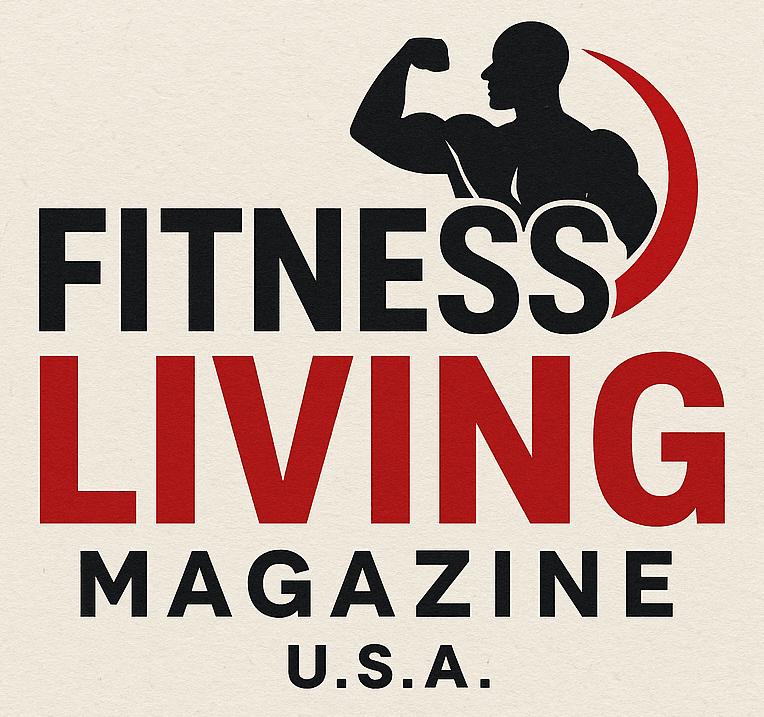
Understanding Emotional and Stress Eating: A Common Struggle
Are you a gym owner, athlete, or fitness trainer grappling with the complexities of emotional and stress eating? You're not alone. Whether it's long hours in the gym or juggling multiple responsibilities, many in the fitness community share this challenge. Interestingly, emotional eating is more prevalent than one might think; studies show that both physiological responses (like heightened cortisol levels) and psychological factors contribute significantly to this behavior.
What Triggers Stress Eating?
Stressful events can have a monumental impact on our appetite. When stressors hit, our bodies release cortisol, a hormone associated with our fight-or-flight response. Historically, our Paleolithic ancestors needed quick energy in the face of danger, leading to cravings for calorie-dense foods. Nowadays, a tough day at work or personal challenges incite similar cravings for comfort food—even if it doesn't effectively alleviate stress.
As you assess your own eating habits, consider factors like how you react to daily stressors. Are late-night snacks driven by hunger or habit? Utilizing techniques such as mindful eating can help you pause and reflect before reaching for that comfort food.
Strategies to Combat Stress Eating
To effectively address emotional eating, several strategies can be beneficial:
Pause and Notice: Begin your journey by simply pausing to recognize what you feel when you crave a snack. Ask yourself, “Am I genuinely hungry, or is this urge triggered by stress or fatigue?” This awareness can often empower you to make healthier choices.
Create a Nourishment Menu: Compile a list of self-care activities that offer comfort, such as reading, stretching, or going for a walk. These activities can fulfill emotional needs and help mitigate cravings.
Always and Sometimes Language: Instead of labeling foods as “good” or “bad,” reframing them as “always” or “sometimes” can diminish guilt surrounding food choices. This mindset encourages a more balanced approach to eating while supporting your fitness goals.
Incorporate an Interrupt Step: If you feel an urge to snack, try finding an interruptive activity such as tidying up your space or listening to a favorite playlist. This five-minute break can help clarify whether you're physically hungry.
As emphasized in expert insights from institutions like Johns Hopkins Medicine, timing plays a crucial role in stress eating habits. Data indicates that late afternoons and evenings are peak times for overeating, often exacerbated by the day's accumulated stress. Planning ahead with controlled portion sizes can significantly help.
Successful Techniques from the Community
Many who have faced emotional eating report that implementing small changes made a noticeable impact. Regular check-ins with a therapist or nutritionist can be an essential step if cravings feel overwhelming. Building a community of support among gym owners and fitness trainers can foster a culture of openness around these struggles, ultimately creating healthier environments.
The Path Forward: Personal Growth and Understanding
Recognizing that stress eating is not a failure, but part of a broader human experience, allows trainers and athletes to approach this issue with compassion. Encouraging dialogue around emotional well-being within fitness circles can not only lift burdens off individual shoulders but also promote healthier lifestyle practices across the board.
You are not alone in this journey—take it one bite at a time.
If you're looking to address stress eating more effectively, consider picking just one of the strategies elaborated here and see how it resonates with you. Making incremental changes can lead to sustainable growth—and remember, each effort counts!
 Add Row
Add Row  Add
Add 



Write A Comment